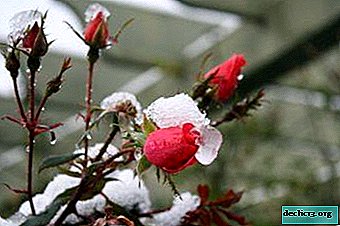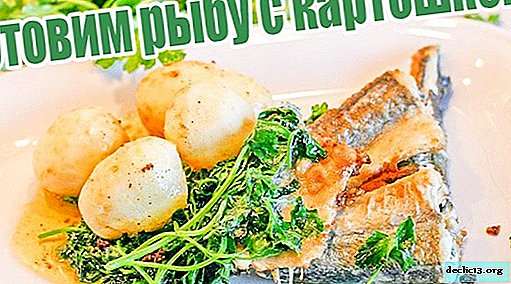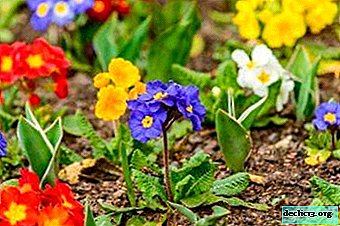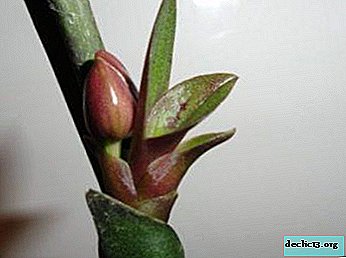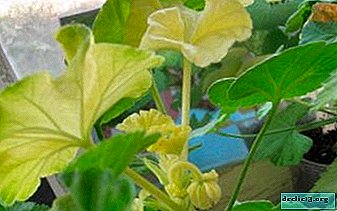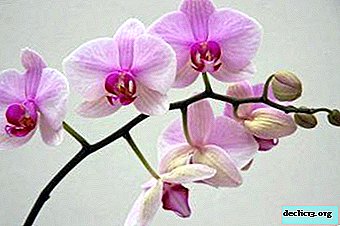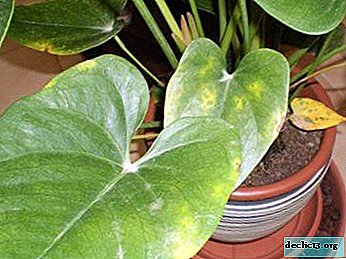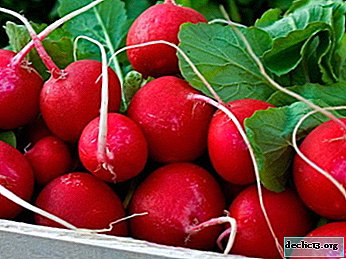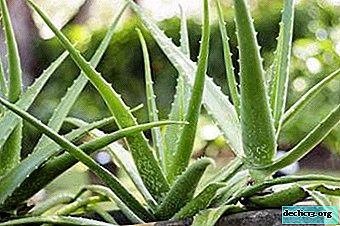Features of care and growing an amazing flower - Hoya Kurtisi
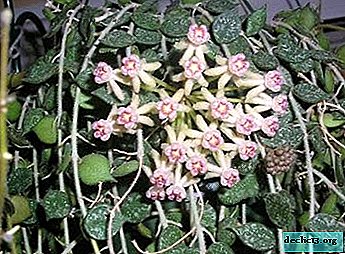
We always want some kind of variety or even wonders. Plants will not be an exception in this case.
Buying one variety of a flower, we wish for another. If we talk about hoya, then this flower has a great many varieties.
Hoya curtisii is one of the smallest hoya, the size of the leaf is about a centimeter and a half. The size of the inflorescence is several times larger than the leaves. Synonym: Hoya pruinosa (Snow Hoya). The trunk of Hoya curtisii is thin, about 0.2 cm. In this article we will talk about Hoya Kurtisi, consider the features of caring for her and the secrets of growing at home.
Botanical description and appearance
Kurtisi was first found at the very beginning of the twentieth century by the botanist Rinz. The homeland of this species is the Philippine islands. A little later, this species was discovered in Thailand.This hoya is distinguished by its miniature size.. The shoot is very thin and usually does not exceed two millimeters in diameter. Sheet plates rounded with a rough surface. The color of the leaves is dark green with fine silver pigmentation. The overall picture is gray leaves. Dimensions of leaves: 1.5 cm in length and 1.5-2 cm in width.
Flowers do not grow larger than leaves: up to about seven millimeters. The color of flower buds is often dull yellow, sometimes reaching a light brown. Inside, as it were, even smaller flowers grow - cream-colored with a middle of a red tint. This type of hoya is characterized by slow development.
Photo
Below you will see a photo of the Hoya Curtisii flower:




Growing Features
Seeds
Minuses:
- Requires special conditions for seed germination.
- There is no way to preserve seed for several years (seeds retain their ability to develop only for one year).
- There is a high probability of death of a flower at each stage of its development.
pros:
- An opportunity to get seeds of the most various types.
- Transportation of seeds by mail is possible.
Leaf
Minuses:
- Very often, a growth point does not appear from which a flower should grow.
- For a long time, only the roots grow. The plant can grow even after six months.
- There is no way to transport material for growing.
pros: One leaf will be enough to grow a new plant.
Cuttings
Minuses: you will need a large number of cuttings to get a new healthy hoya.
pros:
- The most optimal way to reproduce wax ivy.
- No special conditions are necessary for rooting the cuttings.
- The cuttings begin to grow faster than other planting materials.
Care Rules
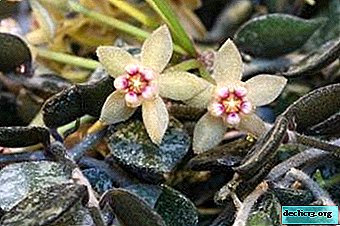 Lighting. Choose places where wax ivy will receive the maximum amount of light. Such places are usually southeastern or southwestern window sills. With a lack of light, it will not be superfluous to provide the hoya with artificial lighting (it is better to use a special fitolamp for this).
Lighting. Choose places where wax ivy will receive the maximum amount of light. Such places are usually southeastern or southwestern window sills. With a lack of light, it will not be superfluous to provide the hoya with artificial lighting (it is better to use a special fitolamp for this).- Temperature. Hoya is a very unpretentious plant species, but this does not mean that you can not adhere to the basic rules of flower care. So, the room temperature should be at the level of 17-18 degrees above zero during the period of active growth and flowering of ivy.
But when the flower goes on a well-deserved winter holiday, the temperature must be reduced by another couple of degrees. Wintering for the hoya should be mandatory, otherwise in the next spring-summer flowering period there may not be.
- Watering. Moisturize the soil all the time at a minimum level. From March to October, water the plant only when you see that the soil is completely dry. But from November to February, watering must be further reduced. During the rest period, ivy should survive several dry weeks (i.e., watering should be done only 7-10 days after the substrate is completely dried).
- Top dressing. You need to fertilize the flower every three weeks. And it is better not to experiment with self-preparation of a mixture for recharge, but to purchase a ready-made complex designed specifically for hoya in the store.
- Pruning. In order to ensure Kurtisi full growth and development, it is not recommended to prune the stems. Even if they already become long, just braid them with an object in your house. Peduncles also cannot be removed even after the last flower has fallen from them. Because from year to year the liana blossoms buds on the same peduncle. To release a new one will take a lot of time.
- Transplant and pot selection. It is only necessary to change the “place of residence” of the hoya when its root system has completely filled the flowerpot. But even in this case, you can wait a bit with the transplant. Let the flower live a little crowded. In a very large flowerpot, wax ivy will stop the growth of its terrestrial part and will devote all its efforts to the development of roots.
During the flowering of the hoya, you do not need to rearrange it from place to place and even change its location relative to lighting.
Possible problems and pests of creepers
Curtisi is most commonly attacked by pests.:
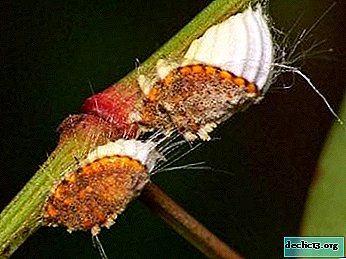 scale shield;
scale shield;- spider mite;
- mealybug;
- aphid.
To control pests, treat the plant with fungicides or insecticides. After that, do not forget to rinse thoroughly the entire surface of the hoya.
The main problems that arise in the process of growing a flower are associated with improper care. Moreover, in the case of wax ivy, flower growers usually overdo it with care. For example, it is watered too often and abundantly, too much fertilizer is applied, and placed in rooms with too warm air. In order not to ruin Kurtisi, you should carefully study the rules of care.
In order for any domestic plant to please the eye with its lush greenery and beautiful flowering, including quite unpretentious hoya, day after day care is simply necessary. Moreover, it does not take much time. It is enough to properly water the plant, transplant on time and periodically inspect it for harmful insects.

 Lighting. Choose places where wax ivy will receive the maximum amount of light. Such places are usually southeastern or southwestern window sills. With a lack of light, it will not be superfluous to provide the hoya with artificial lighting (it is better to use a special fitolamp for this).
Lighting. Choose places where wax ivy will receive the maximum amount of light. Such places are usually southeastern or southwestern window sills. With a lack of light, it will not be superfluous to provide the hoya with artificial lighting (it is better to use a special fitolamp for this). scale shield;
scale shield;